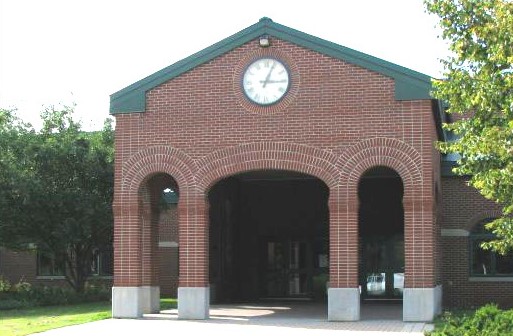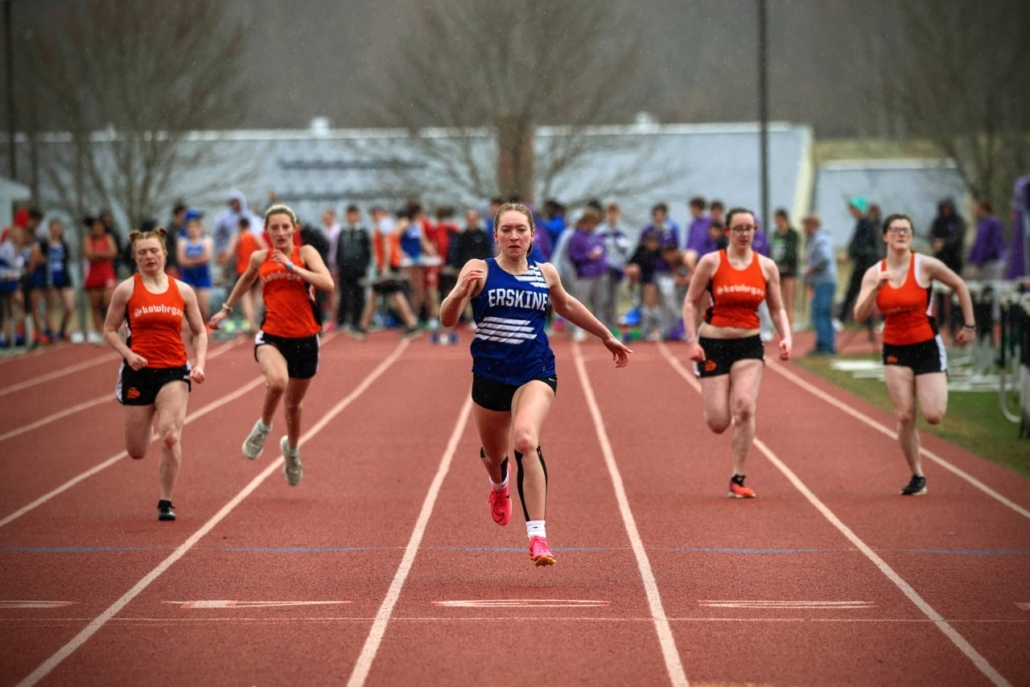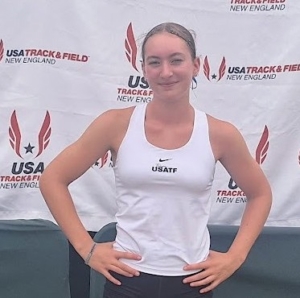A capitol opportunity to learn about state government

Front row, left to right, Rep. Katrina Smith, Daniel Tuminaro, Martin Estes, and Emma Sherrell. Back row, Jen Tuminaro, Noah Tuminaro, Conner, and Sen. Richard Bradstreet.
by Martin Estes, Emma Sherrell,
Daniel Tuminaro, and Noah Tuminaro
Welcoming smiles, outstretched hands, and an encouraging atmosphere greeted us as we entered the Maine State House. Representative Katrina Smith and Senator Dick Bradstreet seemed excited and eager to talk with us, and were prepared to teach us wisdom and practical knowledge. The beautiful building, the information about our state government, and the advice regarding our future really made this trip an unforgettable experience.
Homeschool high school Civics class tours the Capitol with Sen. Bradstreet and Rep. Smith
Our visit began with a tour of the State House. Paintings adorned the walls between the many committee rooms, and we admired them as we made our way to see the dizzying rotunda. The grand details, from a life-size portrait of George Washington, to the fossils inlaid in the tiles, to even 16 select windows that represent the 16 counties, were testaments to the careful construction of the building. Thankfully, Sen. Bradstreet’s assistant, Brendan, remarked on many of these details so that we did not miss them. One of our favorite rooms, the Hall of Flags, served as a tribute to previous wars and to battalions of brave soldiers who fought for our freedom. Reading the plaques and surveying the multiple flags provided us with a sense of respect for and gratitude to those who had given their all for our country.
Our tour continued into the chambers of the Senate and the House of Representatives. We were impressed with the uniform rows of leather chairs, large podiums, and intricate paintings of previous legislators. We received instructions not to touch the chairs, out of respect for their intended occupants, but we were encouraged to step up onto the Senate podium and pound the wooden gavel. The Senate room in particular gave off a celestial feeling, mainly through its high ceiling and elegant windows which lavished the room with sunbeams. Bright yellow designs on the blue carpet imitated the stars in the sky, adding to the ethereal aura.
Throughout the entire tour, Rep. Smith and Sen. Bradstreet were very open to answering our questions and loaded us with information regarding the state government system. They elaborated on the process by which a bill grows from its humble beginnings to its final form, and they emphasized the great number of people and hours involved. They made our visit interesting and enjoyable, giving us patriotic pins for our suit jackets and telling eventful stories of late nights and long debates in their workplaces. Both of them serve our government for the good of the state and its people.
Their determination to provide a better culture for current and future generations is grounds for admiration.
Our journey ended with a Q and A which took place in a press conference room. Both Rep. Smith and Sen. Bradstreet spoke words of encouragement, wisdom, and morality. They explained the government is a representation of the culture, and that we should strive to improve its ethics and principles, which would ultimately result in an improved government. A civilization with strength and wisdom makes for an ethical and solid government. Sen. Bradstreet advised us to “read good books and be knowledgeable.” Rep. Smith encouraged us to “put ourselves out there and to stand up for what is right.”
Our trip to the State House was very thought provoking and informative. We learned not only about the historical tributes and the architectural features of the building, but also the way our government functions on a magnified level. Both Rep. Smith and Sen. Bradstreet are passionate about improving today’s culture and preserving it for future generations. They are examples of how leaders should serve their people, being just and strong in making good decisions and laws. In turn, our society should be knowledgeable about our inheritance, and future leaders should strive to represent and serve the people.
We are grateful for the hours that Rep. Smith and Sen. Bradstreet spent with us, despite their massive workloads. They proved that they both truly care about shaping the future for the better, and their wisdom should remind us that it is the culture’s job to model that future, too.





 8th Grade:
8th Grade:







